Rising natural gas prices and growing uncertainty will dominate Europe’s energy outlook this winter, with many sources saying a new energy crisis could be knocking on the region’s door once again.
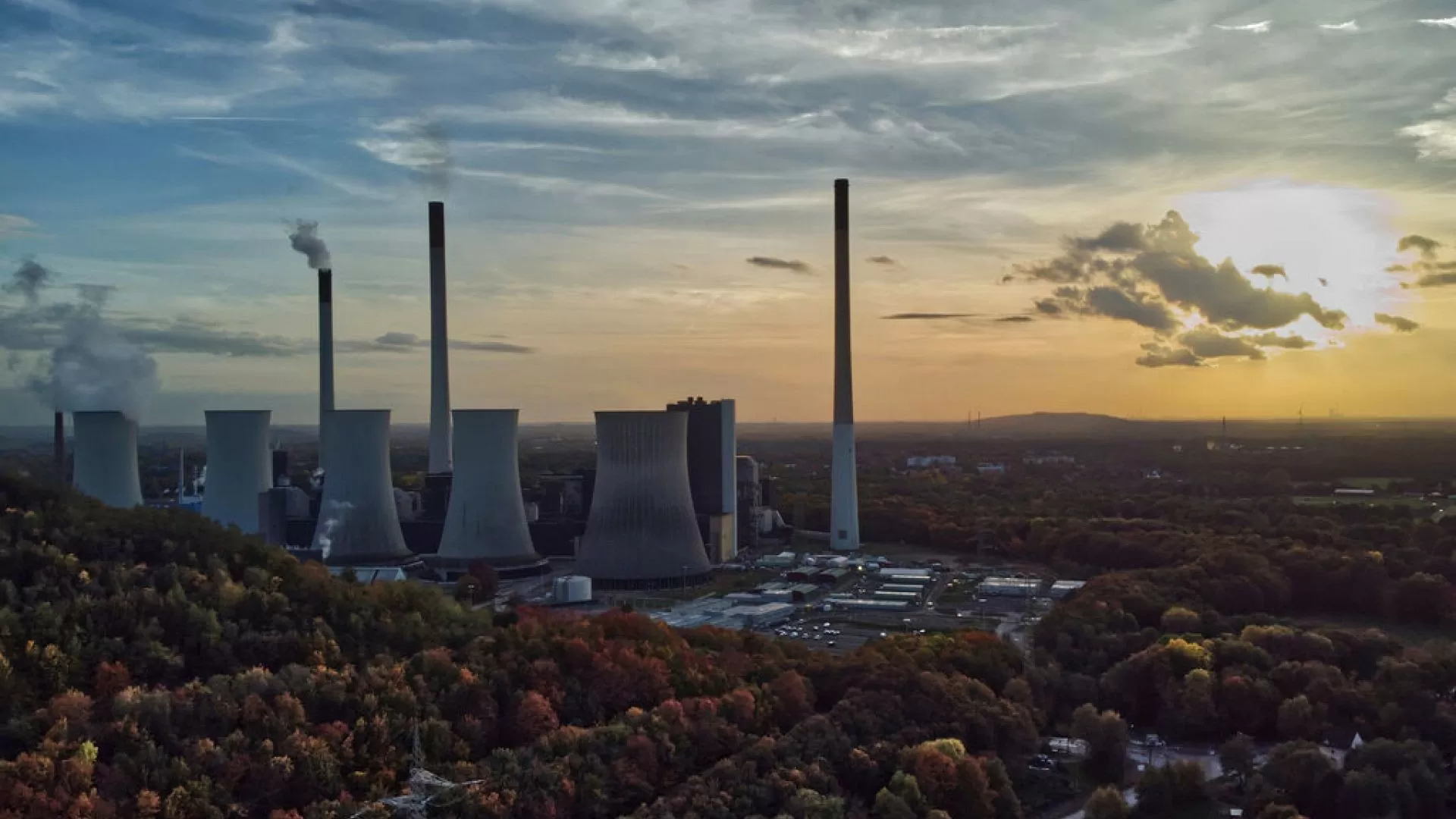 |
| The European Union (EU) has stored enough gas reserves in underground storage. (Source: AP) |
European benchmark natural gas prices are rising, reflecting supply uncertainty and rising demand as the country enters its third winter since Russia launched a military offensive in Ukraine.
Specifically, according to Bloomberg news agency, gas prices in the region have increased about 45% this year due to escalating tensions in Kiev.
The European Union (EU) has enough gas reserves in underground storage, but it is still not enough.
European pressure
Dr. Yousef Alshammari, President of the London School of Energy Economics (UK), commented: "The oversupply situation continues to dominate the market. The EU's gas storage capacity reached 90% in August 2024, much earlier than the deadline. Currently, gas storage capacity has reached 95%.
But high demand for heating and electricity due to low temperatures tested the bloc's gas supply capacity in the first weeks of November."
According to data from the European Gas Infrastructure, in mid-November, when temperatures dropped, Europe exploited nearly 4% (equivalent to 4.29 billion m3) of its total gas storage capacity.
Dr. Alshammari expects that by spring 2025, storage levels will not be as high as in spring 2024. At that time, the region's gas storage levels will reach 60% of capacity.
Geopolitical tensions, driven by the US and Russia, are the top risk factor for energy prices on the continent.
Dr. Alshammari stated: "Although I predict that this tension will probably ease under President-elect Trump, it seems that the remaining days of the current US administration are making the situation more complicated. Oil and gas prices are fluctuating every day."
Natural gas prices in Europe hit a one-year high on November 21. Prices surged after Russia’s Gazprom halted natural gas supplies to Austria on November 16 due to a dispute between the two countries.
Meanwhile, the contract for the transit of Russian gas through Ukraine to Europe will end on January 1, 2025. When this contract ends, half of Moscow’s remaining gas to the EU will stop. It is worth noting that this is the time when natural gas demand in the region is at its peak.
Any disruption in Moscow's gas supplies to Europe could make the situation more difficult, especially for countries that depend on this supply, said Dr. Alshammari.
"This is a factor that puts additional pressure on EU reserves. I expect gas prices to continue to rise in the coming weeks if supply continues to be disrupted or there is further uncertainty," said Dr. Alshammari.
The lack of Russian pipeline gas supplies could lead to a return to coal, with wider implications for energy markets, the chairman of the London College of Energy Economics said.
Reduced gas imports from Russia coupled with increased energy demand will spur more LNG imports into Europe.
“In the long term, I think nuclear energy should be used in Europe, perhaps through energy trading between countries in the region that have nuclear energy. This would reduce dependence on LNG imports from abroad,” Dr. Alshammari predicts.
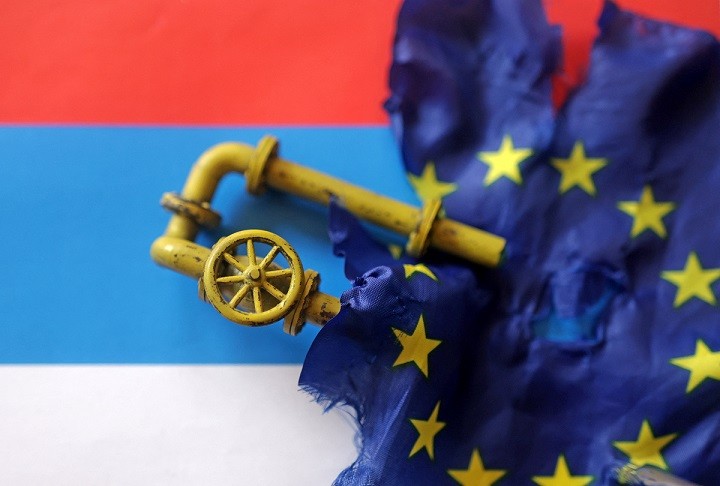 |
| Energy crisis: Prepared for winter better than imagined, Europe still can't celebrate (Source: Reuters) |
How Europe can escape the energy crisis
Gas demand in Europe is falling from 350 bcm in 2022 to 295 bcm last year.
EU gas consumption fell by 3.2% in the first six months of 2024 compared to the previous year, according to the Institute for Energy Economics and Financial Analysis.
This decline appears to be the result of increased renewable energy capacity and improved energy efficiency measures.
According to Dr. Alshammari, the share of renewable energy has increased significantly over the past year, reaching 44.7% of the EU's electricity production, up 12.4% compared to 2022. Meanwhile, the share of fossil fuels has decreased by 19.7% to 32.5% of the EU's total electricity production.
However, he also realized that the energy crisis and spike in electricity prices cannot be avoided by relying on renewable energy alone.
“Some European countries like Austria, Norway and Iceland are well-positioned to use hydropower without causing a spike in energy prices. But some other countries cannot do it this way,” Dr. Alshammari said.
He said one of the main factors that "saved" Europe during the energy crisis in 2021 and 2022 was energy conservation, reusing coal and reactivating many nuclear power plants.
This year, when a new energy crisis may "knock on the door" of Europe, the region can also apply the above factors to overcome difficulties spectacularly, as it experienced in the winter of 2022.
Source: https://baoquocte.vn/khung-hoang-nang-luong-chau-au-bom-cang-kho-du-tru-khi-dot-van-lo-mot-mua-dong-co-ro-295128.html


![[Photo] Close-up of Tang Long Bridge, Thu Duc City after repairing rutting](https://vphoto.vietnam.vn/thumb/1200x675/vietnam/resource/IMAGE/2025/5/19/086736d9d11f43198f5bd8d78df9bd41)
![[Photo] General Secretary To Lam attends the conference to review 10 years of implementing Directive No. 05 of the Politburo and evaluate the results of implementing Regulation No. 09 of the Central Public Security Party Committee.](https://vphoto.vietnam.vn/thumb/1200x675/vietnam/resource/IMAGE/2025/5/19/2f44458c655a4403acd7929dbbfa5039)
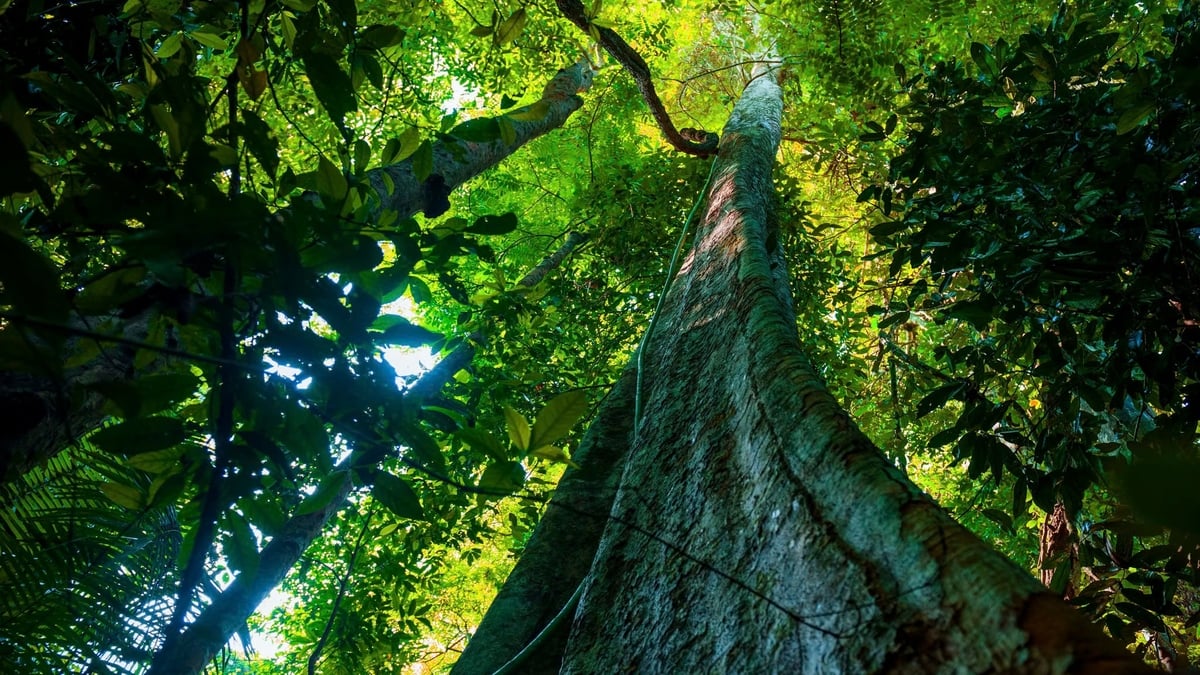
![[Photo] President Luong Cuong presents the 40-year Party membership badge to Chief of the Office of the President Le Khanh Hai](https://vphoto.vietnam.vn/thumb/1200x675/vietnam/resource/IMAGE/2025/5/19/a22bc55dd7bf4a2ab7e3958d32282c15)

![[Photo] Panorama of the Opening Ceremony of the 43rd Nhan Dan Newspaper National Table Tennis Championship](https://vphoto.vietnam.vn/thumb/1200x675/vietnam/resource/IMAGE/2025/5/19/5e22950340b941309280448198bcf1d9)

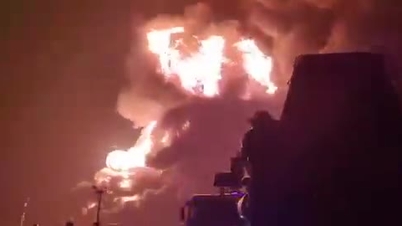





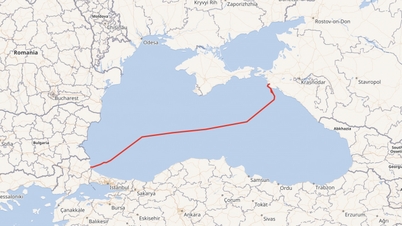

















![[Photo] Prime Minister Pham Minh Chinh inspects the progress of the National Exhibition and Fair Center project](https://vphoto.vietnam.vn/thumb/1200x675/vietnam/resource/IMAGE/2025/5/19/35189ac8807140d897ad2b7d2583fbae)



















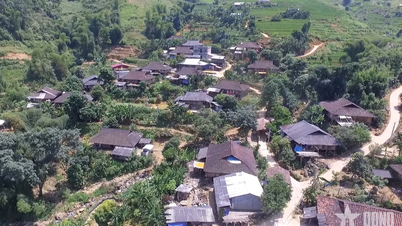











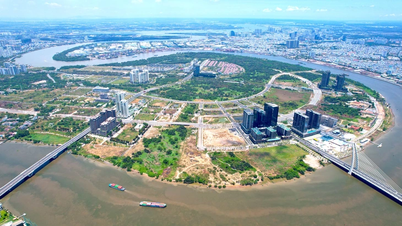

















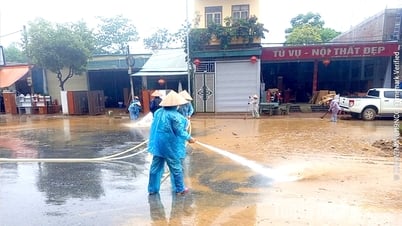

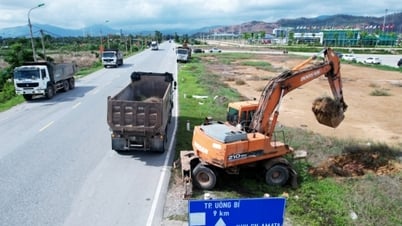





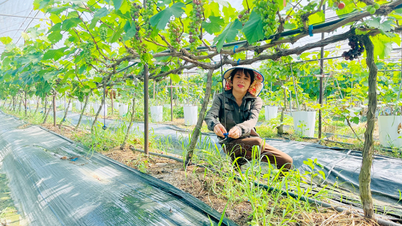



![[VIDEO] - Enhancing the value of Quang Nam OCOP products through trade connections](https://vphoto.vietnam.vn/thumb/402x226/vietnam/resource/IMAGE/2025/5/17/5be5b5fff1f14914986fad159097a677)



Comment (0)